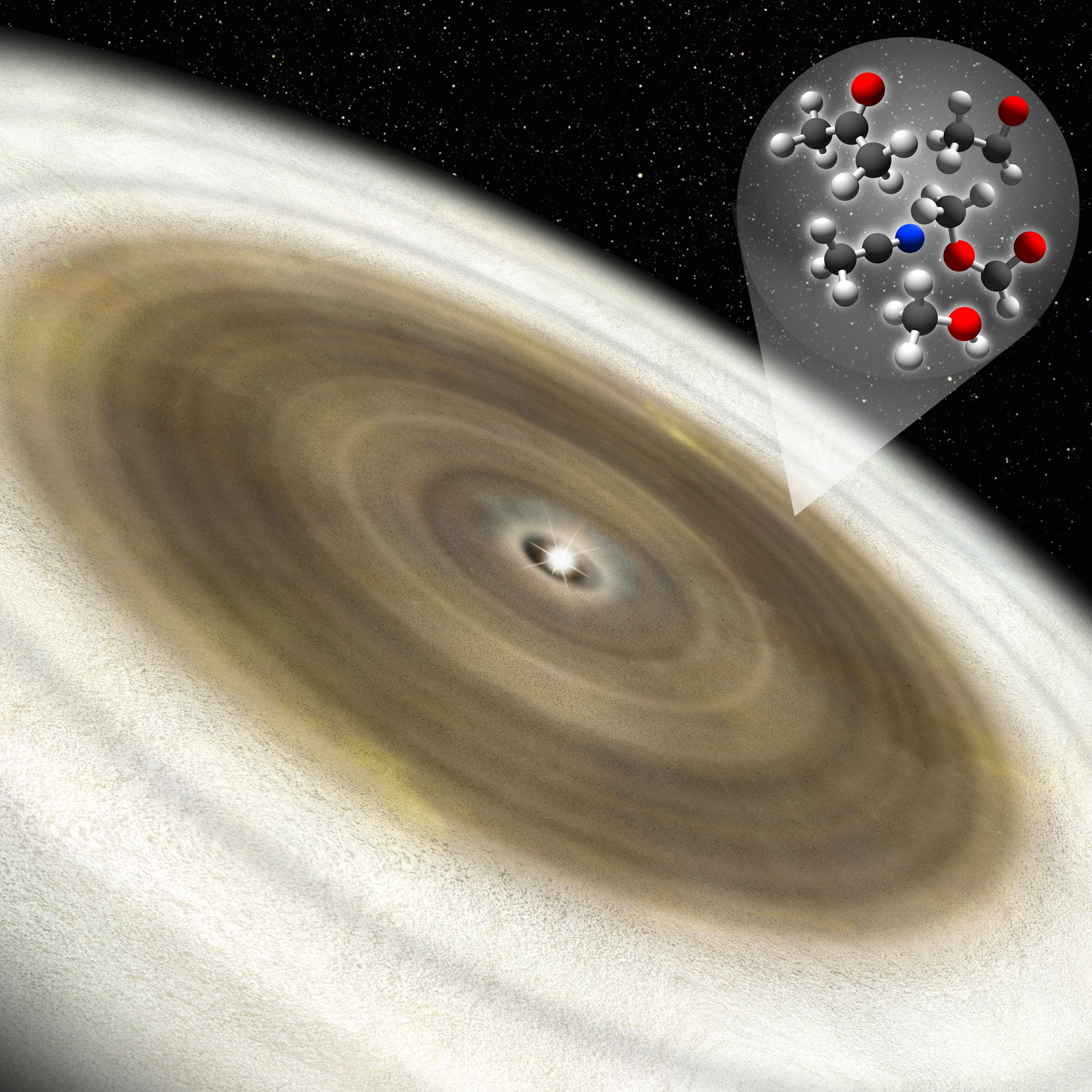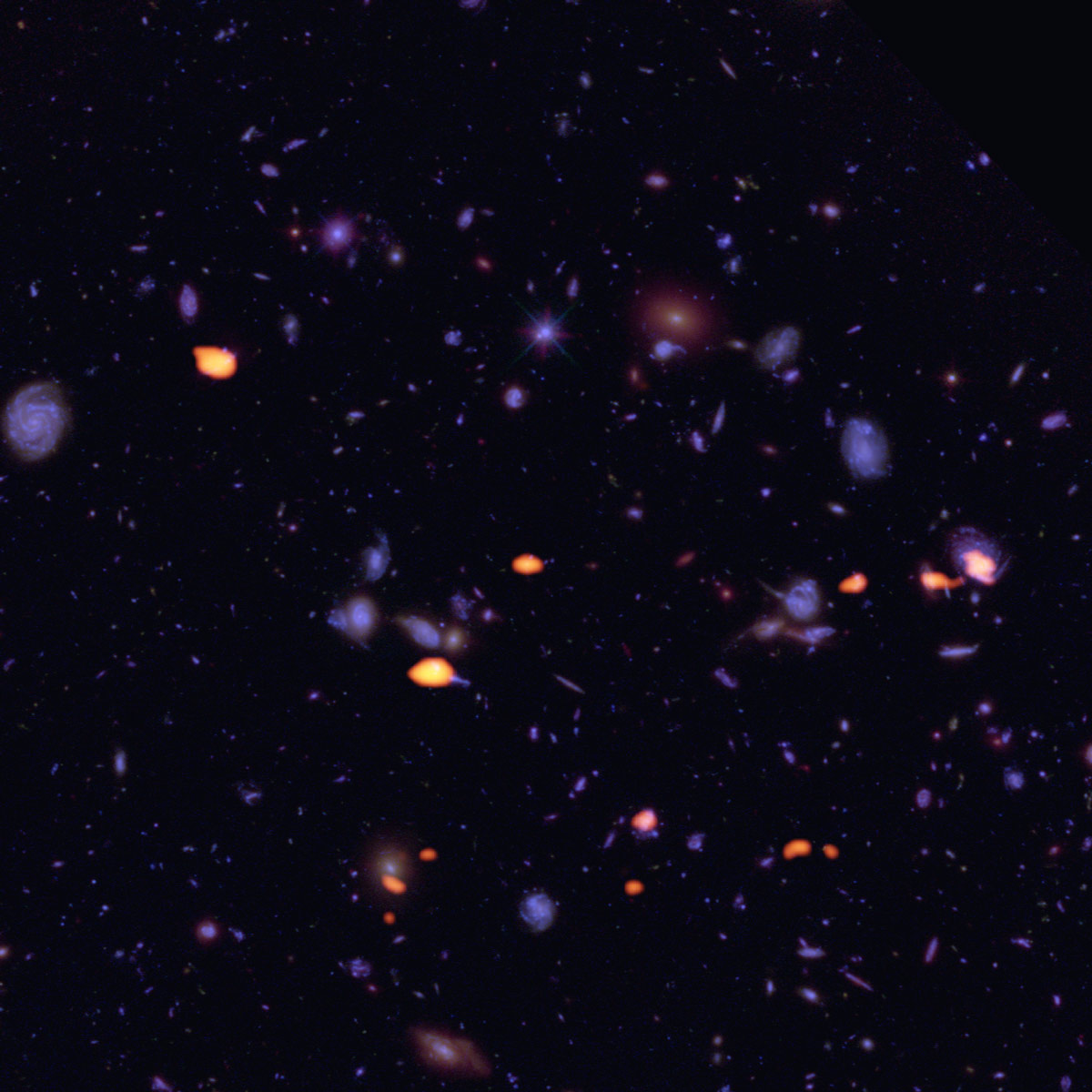
ALMA
- ALMA
- Binarias
- Pedro Nogueira
- phD

(Español) Estudiante de Doctorado en Astrofísica UDP publica artículo en revista Monthly Notices of the Royal Astronomical Society
- ALMA
- Galaxias
- Manuel Aravena
- REBELS

ALMA Unveil Galaxies at Cosmic Dawn That Were Hiding Behind the Dust
- ALMA
- CRISTAL
- Galaxias
- HST
- Jorge González
- LCO
- Manuel Aravena
- Rodrigo Herrera
- UdeC
- UDP

(Español) Por primera vez un proyecto liderado desde Chile obtiene horas de observación “a gran escala” en ALMA
- ALMA
- galaxy formation
- Hubble Ultra Deep Field
- Manuel Aravena
- science news
- star formation

UDP astronomers obtain the deepest ALMA observations in the Hubble UDF
- ALMA
- Extrasolar planets
- Lucas Cieza

Comets evaporated by stellar eruptions reveal organic molecules
- ALMA
- Roberto Assef
- Tanio Díaz-Santos

The Most Luminous Galaxy Is Eating Its Neighbors
- ALMA
- Manuel Aravena

Fierce Winds Quench Intense Star Formation in a Very Distant Galaxy
- ALMA
- Hubble
- Hubble Ultra Deep Field

(Español) ALMA explora el Campo Ultra Profundo del Hubble
- ALMA

(Español) Núcleo de Astronomía UDP se adjudica el 25% del tiempo chileno de observación en ALMA
- ALMA
- AstroPatiperros

(Español) AstroPatiperros 1: #AstroUDP y ALMA se encuentran
- ALMA
- discos protoplanetarios
- formación planetaria

(Español) Astrónomo Lucas Cieza participó de nuevo descubrimiento a través de ALMA
- ALMA
- supermassive black hole
- WISE








